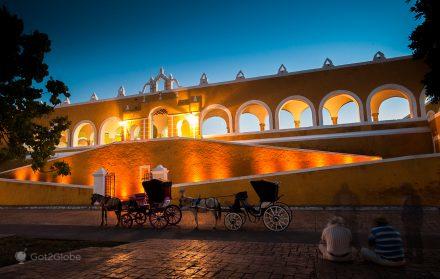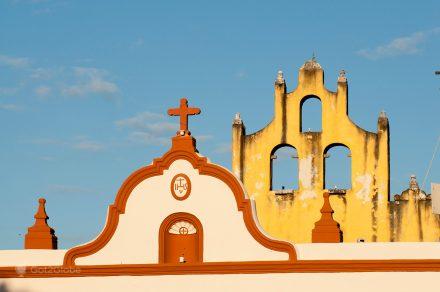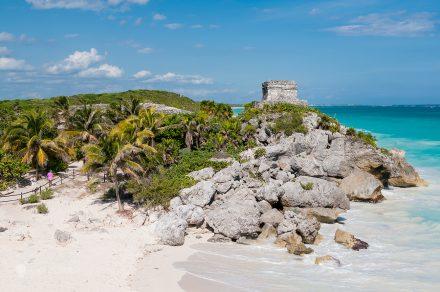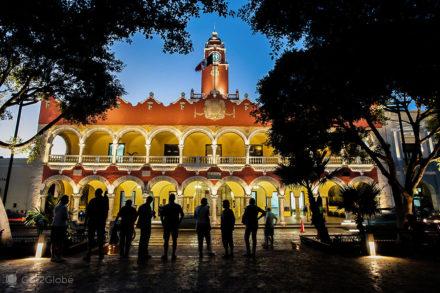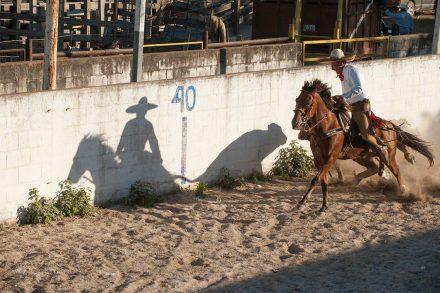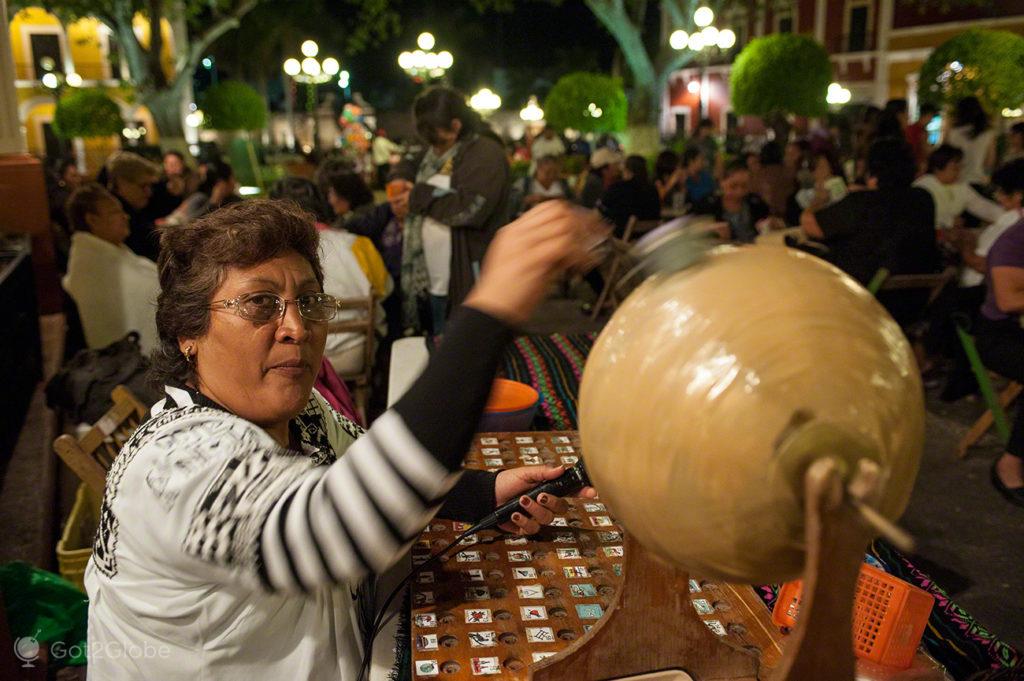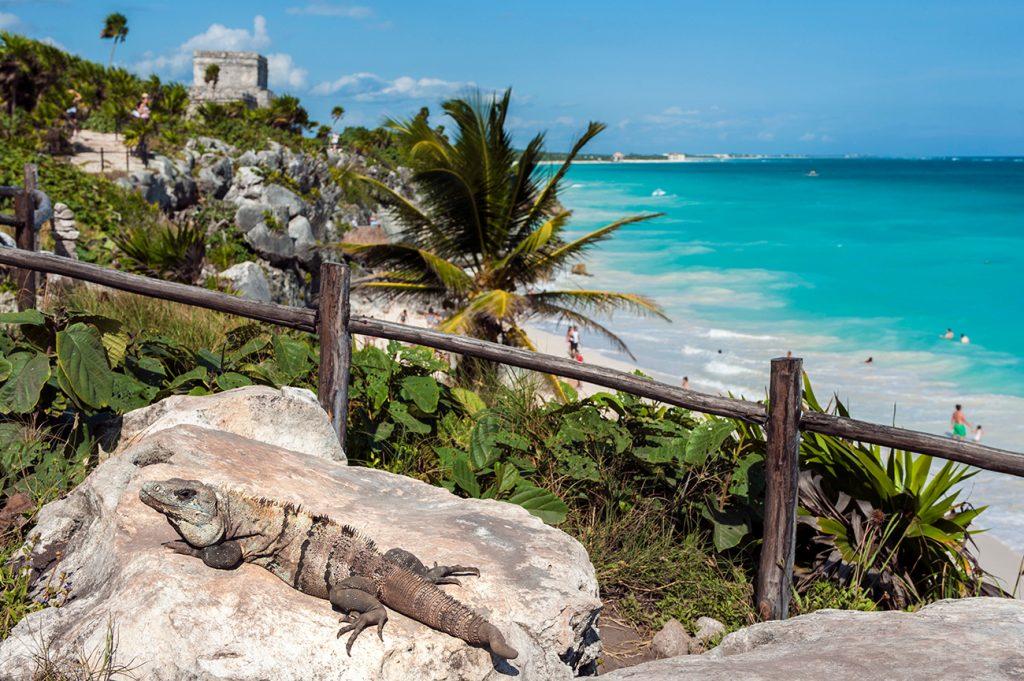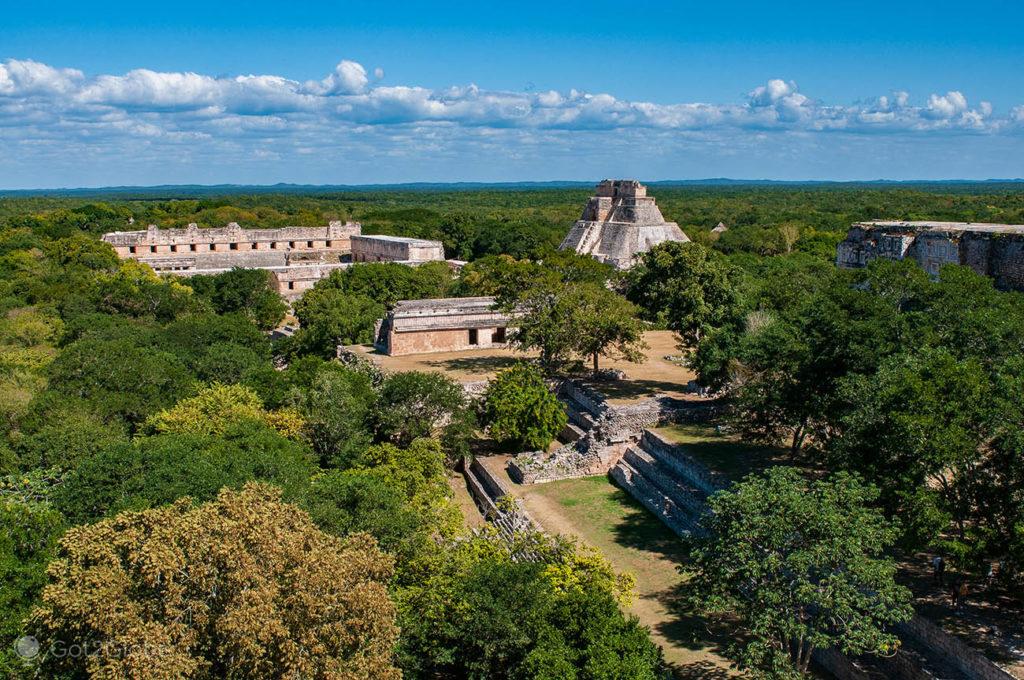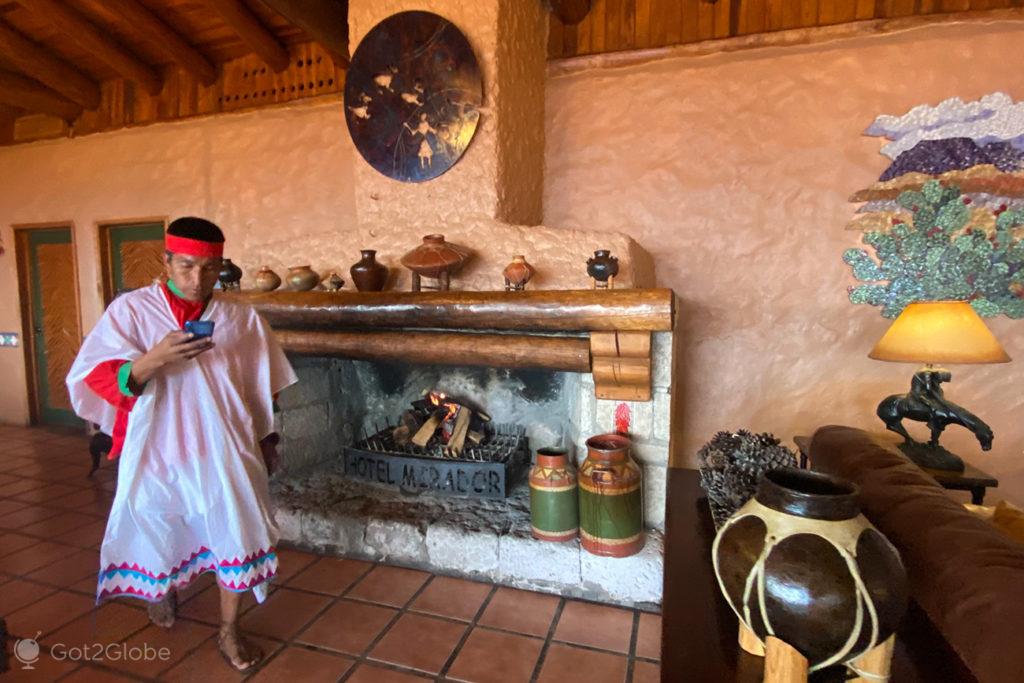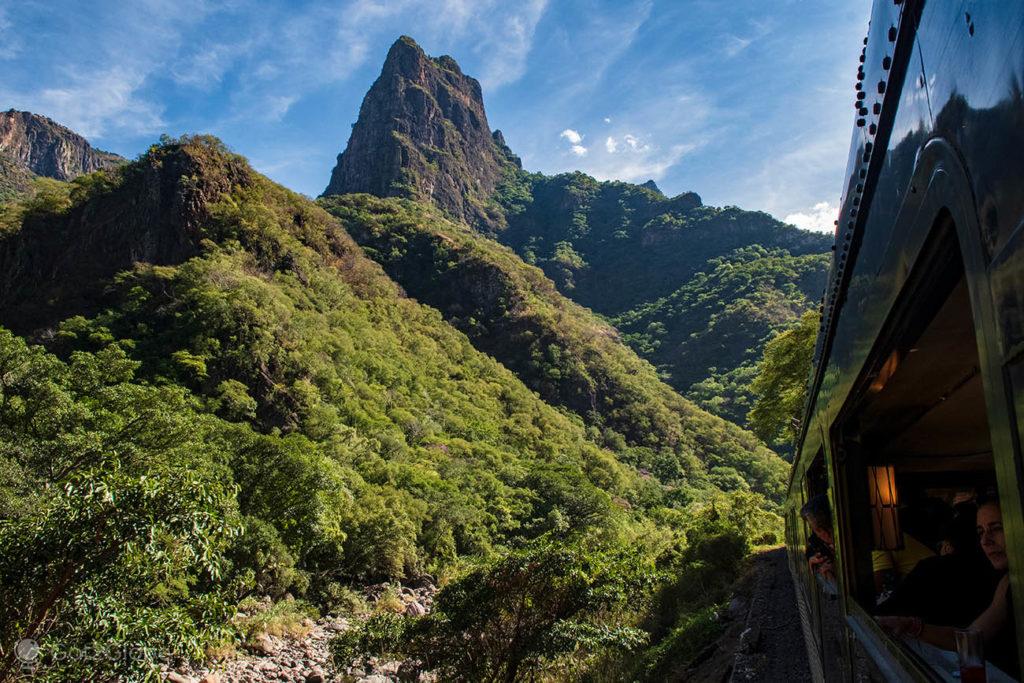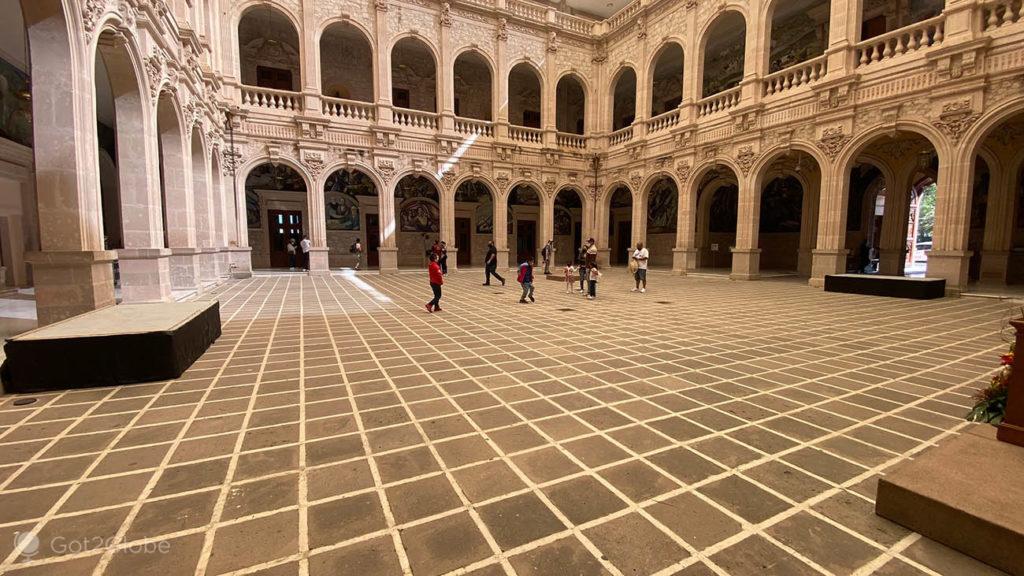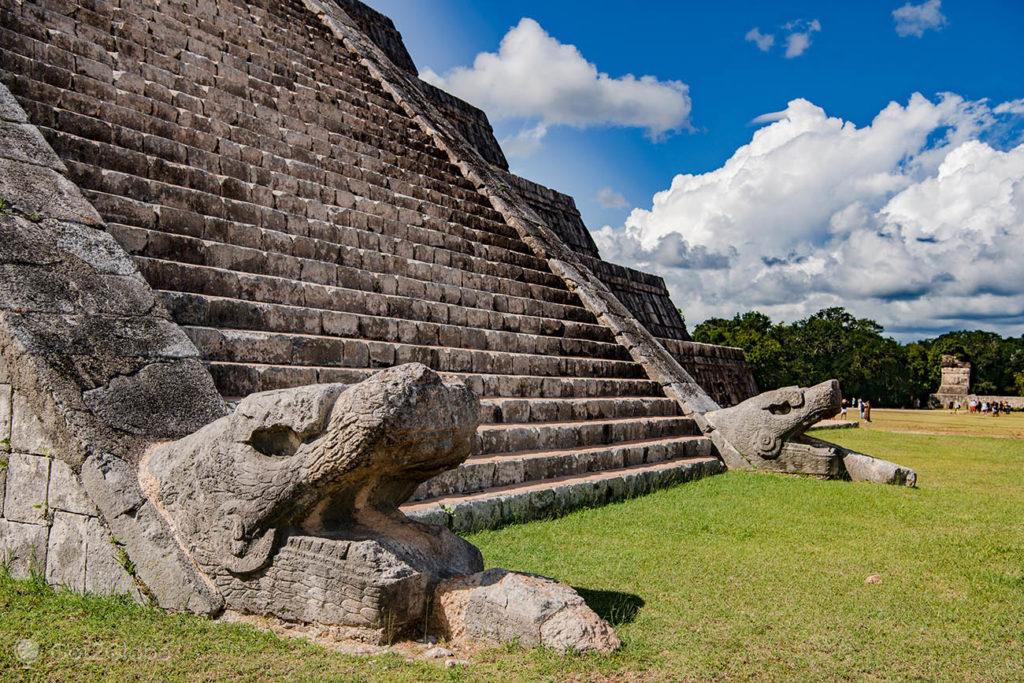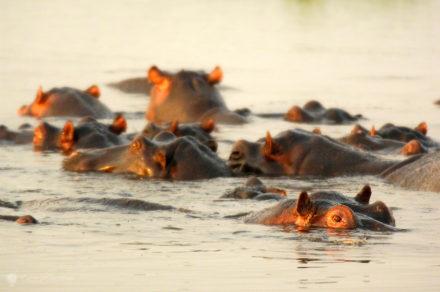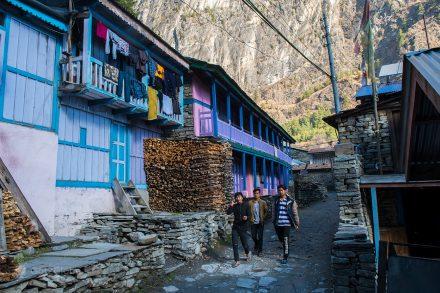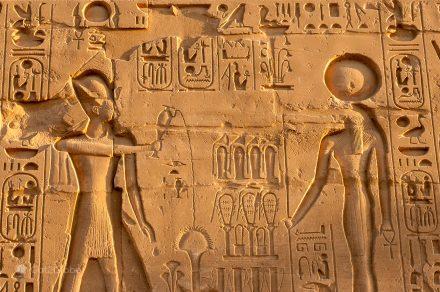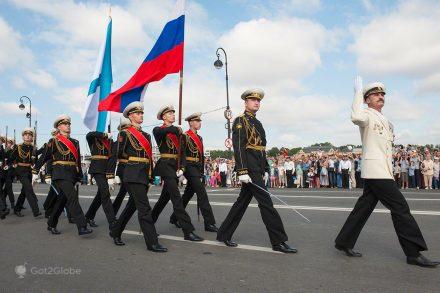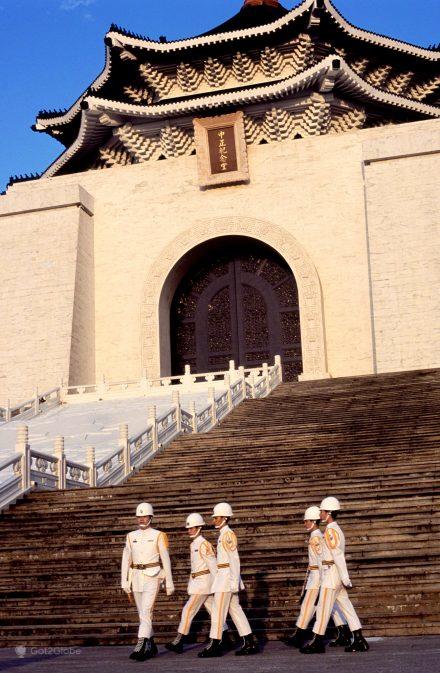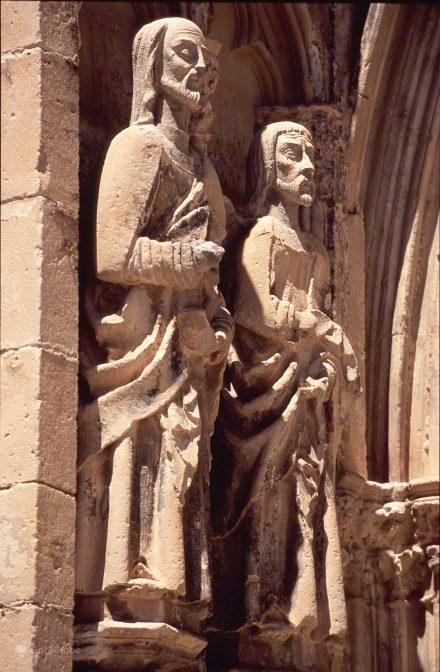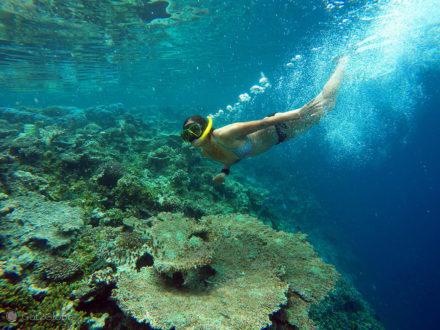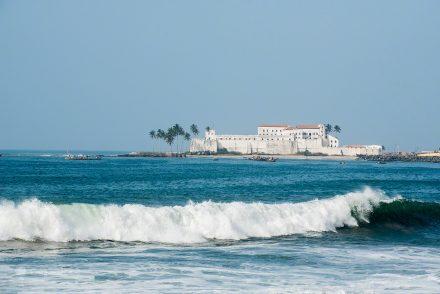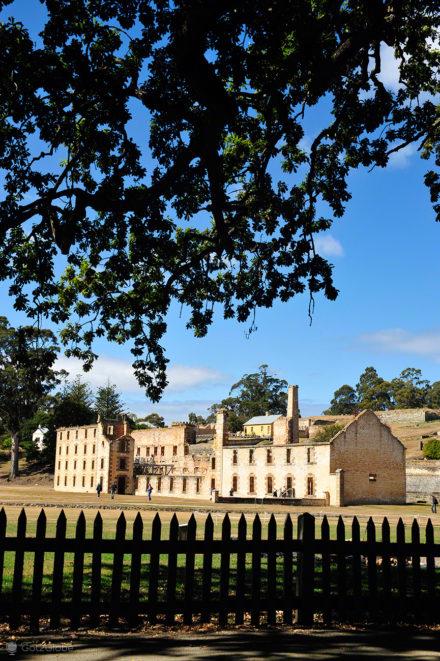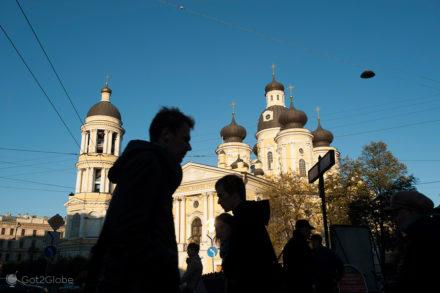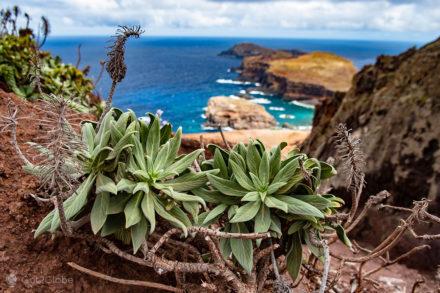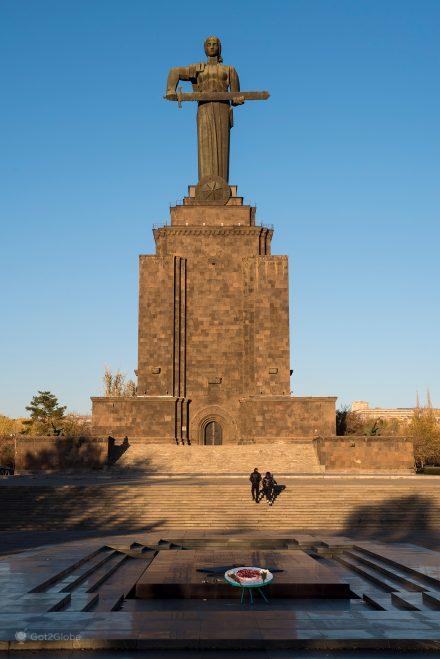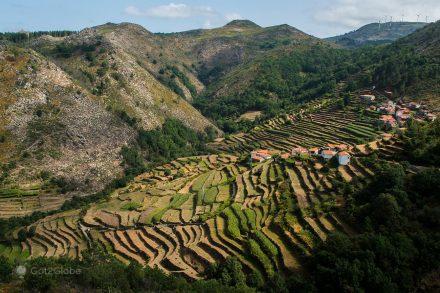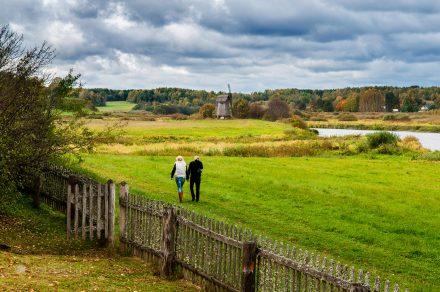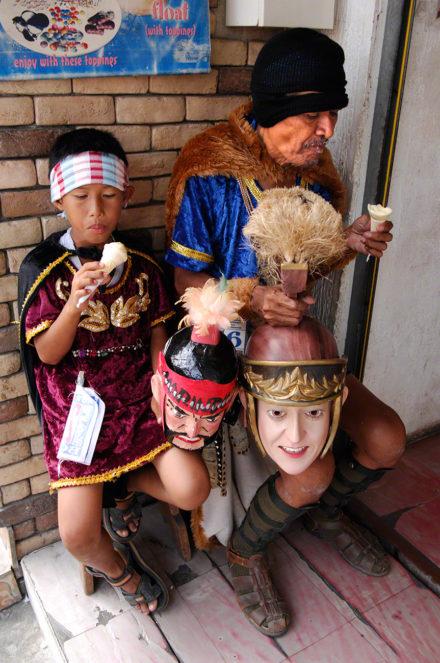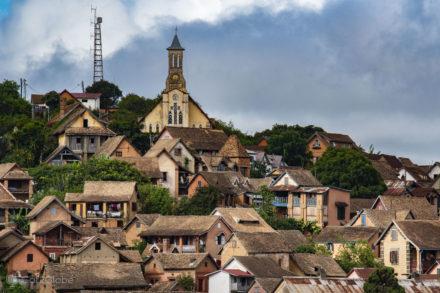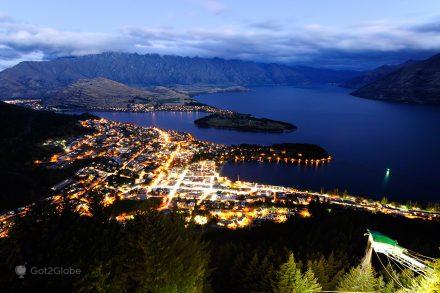“Friends, excuse me but I'm really going to insist that you don't call them ruins, shall I? Ruins are buildings in disrepair.
I think we all agree that it's not really the case with these…” the guide Miguel professed from the front of the van as we completed the road that took us from the outskirts of Tulum and from the turquoise coastline of the Caribbean Sea to the flat, jungle-lined interior of the Yucatan Peninsula and its province of Quintana Roo.
We arrived shortly thereafter and had to decide what would be the means of travel in the vast complex. Archaeologists believe that, at its origin, Cobá had about 50km2 and, between 400 and 1100 AD, it housed about forty thousand Mayan inhabitants.
They also believe that only 5% of the buildings were dug up. Even so, the jungle area we were going to cover was relatively vast and we were loaded.
We opted to take a ride on one of the many tricycles of a local fleet at the service of visitors.
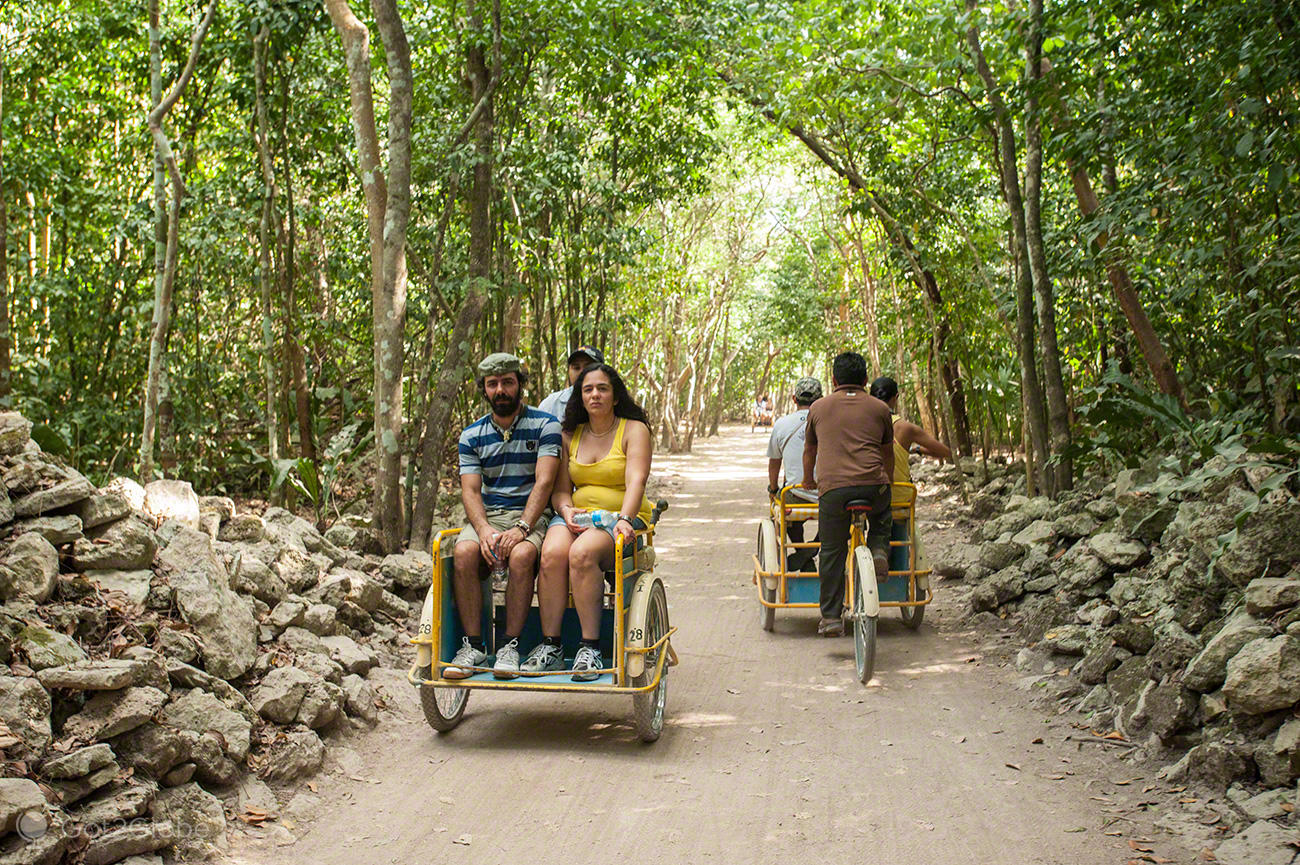
Visitors aboard tricycles that cover part of what might have been the ancient sacbés (Mayan paths).
The Majestic Mayan Pyramids of Cobá
In addition to being extensive, Cobá includes the highest of the Mayan pyramids on the Yucatan Peninsula, Nohuch Mul, or great mound in the native dialect.
For a long time, the ascent to the top of its 42 meters was prohibited by archaeologists, due to the wear and tear it caused on the stones.
But the pressure of guides and other workers who had had enough of the tourist supremacy of more famous complexes like Chichen Itzá, Tulum and Palenque, caused the authorities to relent.
Nohuch Mul has now become, for all who do not suffer from vertigo and – as we have witnessed – even for some of the most courageous unfortunates, a historic zenith to conquer.
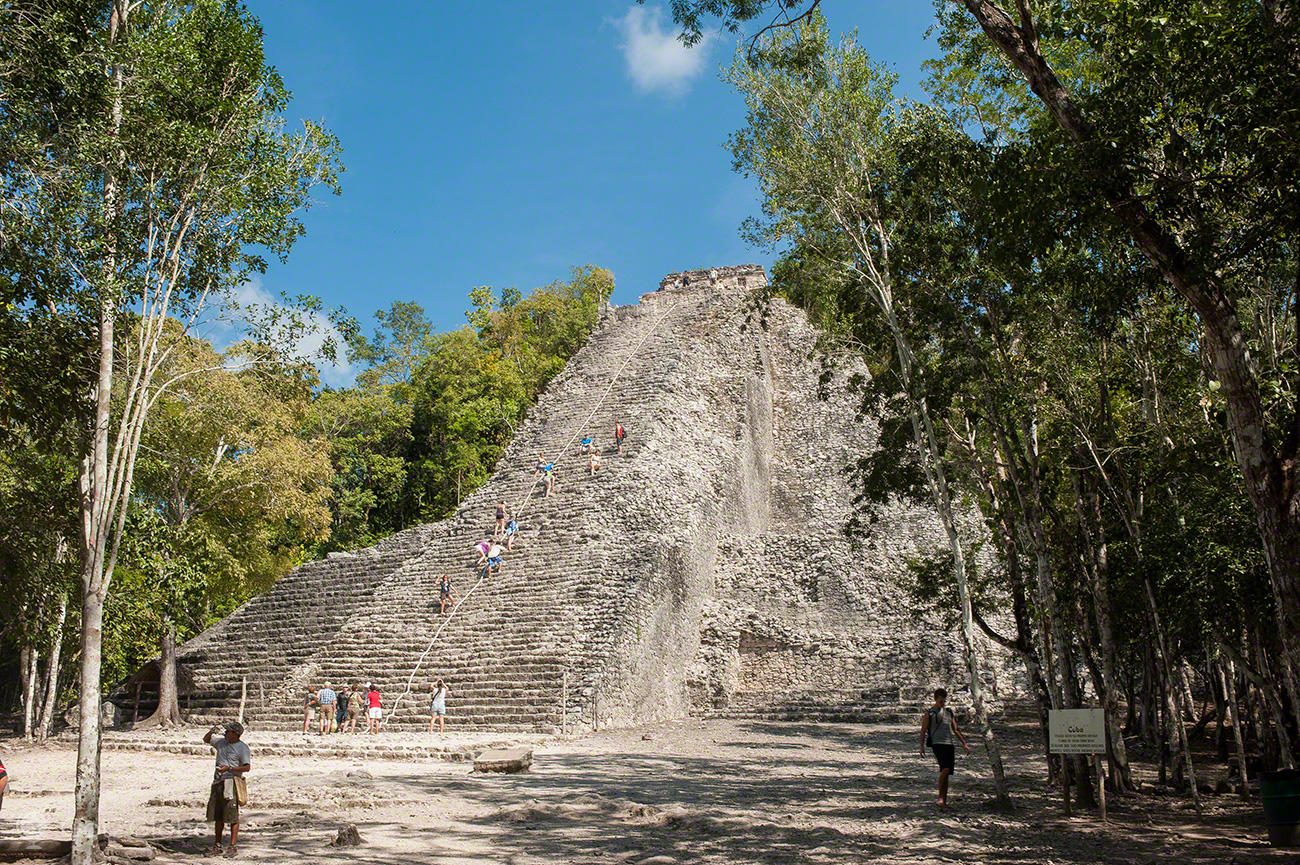
The most impressive of the Mayan pyramids in Cobá.
Cobá's architecture proved to be a mystery that the very meaning of the Mayan name “water stirred by the wind” seems to justify.
It continues to intrigue archaeologists why its huge pyramids look more like those of Tikal, Guatemala, than those of Chichen Itzá or others on the Yucatan Peninsula, much closer.
Some have suggested that an alliance with Tikal had been established through marriages in order to facilitate trade between the Mayans today in Guatemala and the Yucatecans. The extensive network of bags (paved rails) that existed in this area and which had Cobá as their axis – some with more than 100 km in length – served this same trade.
around 40 bags Different roads passed through Cobá, an impressive infrastructure that proves the dynamism of the Mayan people when the Spanish conquerors arrived.
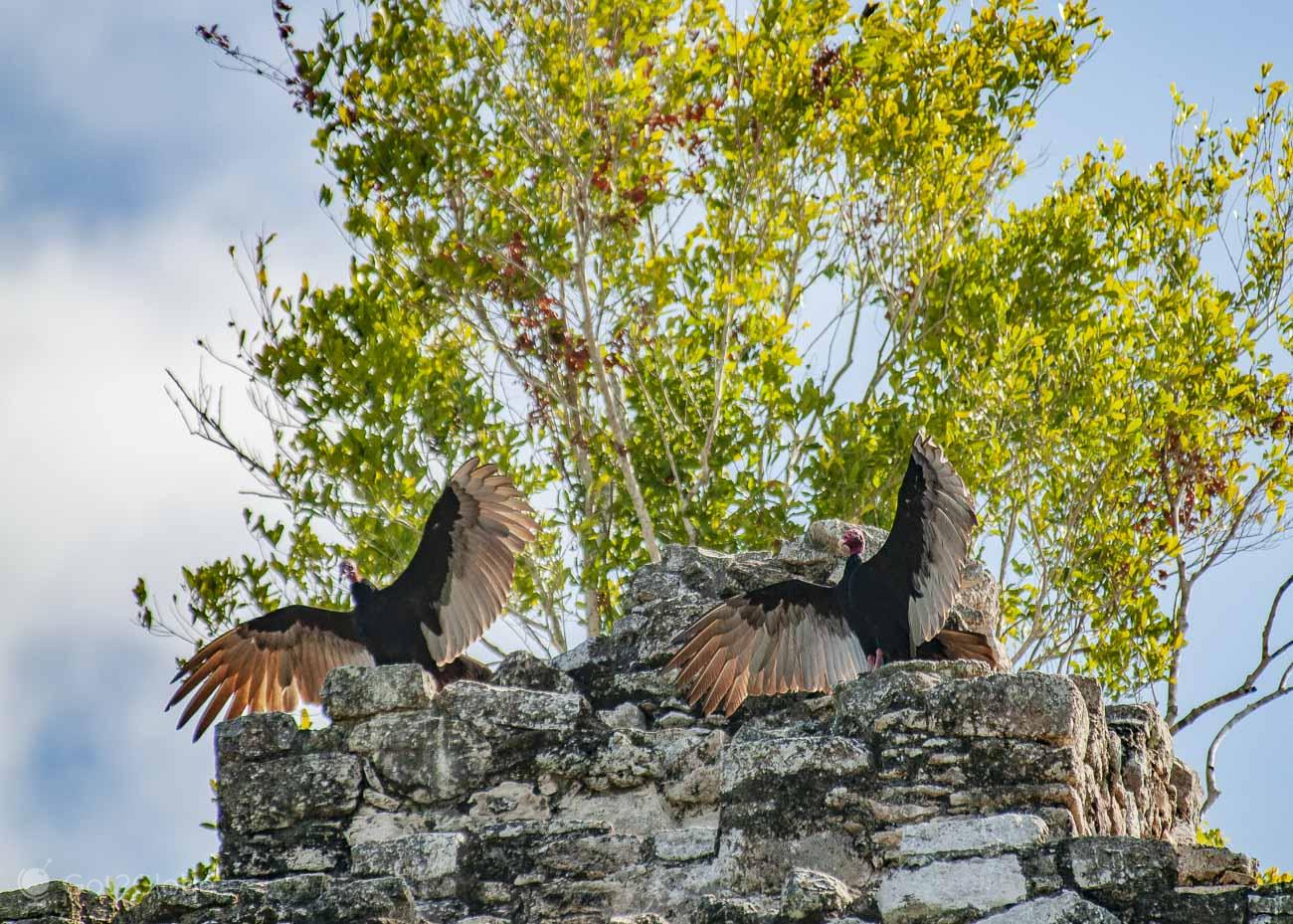
Vultures dry their wings in the morning sun, atop the pyramid of Nohuch Mul.
The Somewhat Vertiginous Ascent to the Top of Nohuch Mul
It would not be, of course, for one of these bags we were following, but with vigorous pedaling, the tricycle driver left us at the base of the big Nohuch Mul. "There she is!" he announced to us relieved at the end of his journey.
"Have fun, preferably go up in a zigzag and see where you put your feet.!"
For a moment, we stood contemplating that stone stairway to heaven lost in the rainforest that, at the moment, led to white clouds.
In the meantime, we gained courage and inaugurated the overwhelming ascent. First in a straight line, but when the steps started to increase in size – as well as the height we reached – to those, just as we had been advised to do.
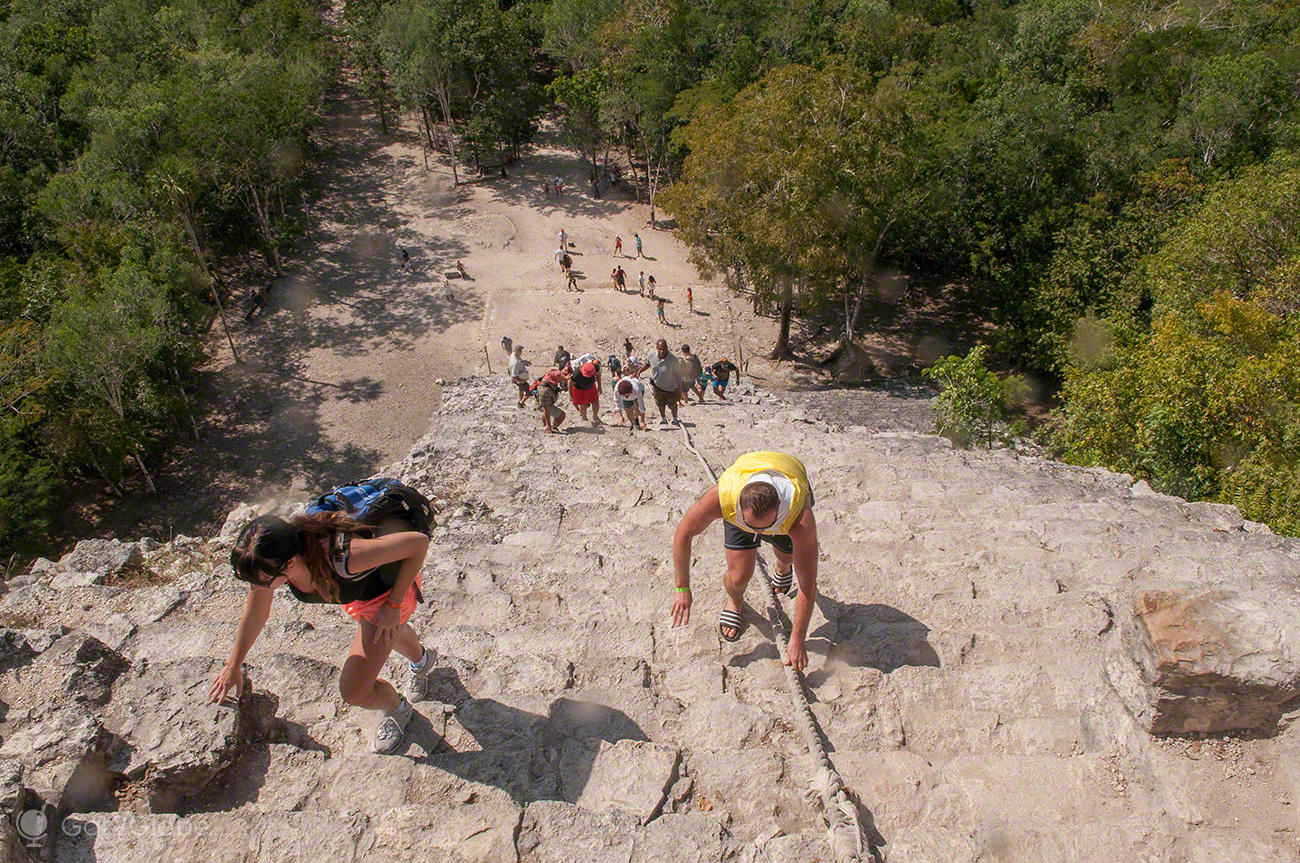
Couple about to reach the top of the Nohuch Mul pyramid in Cobá.
We passed visitors who were obese, or simply older and already in obvious difficulty, dizzy or overheated.
We were passed by teenagers in Olympic form who climbed as high as they could almost in a race to show themselves and the imaginary competitors their physical prowess.
At our pace, we reached the top there. As soon as we could, we caught our breath, turned around and claimed our reward. Onward and out of sight, stretched the tropical jungle of the Yucatan Peninsula, the ancient home of the great and resilient Mayan people.
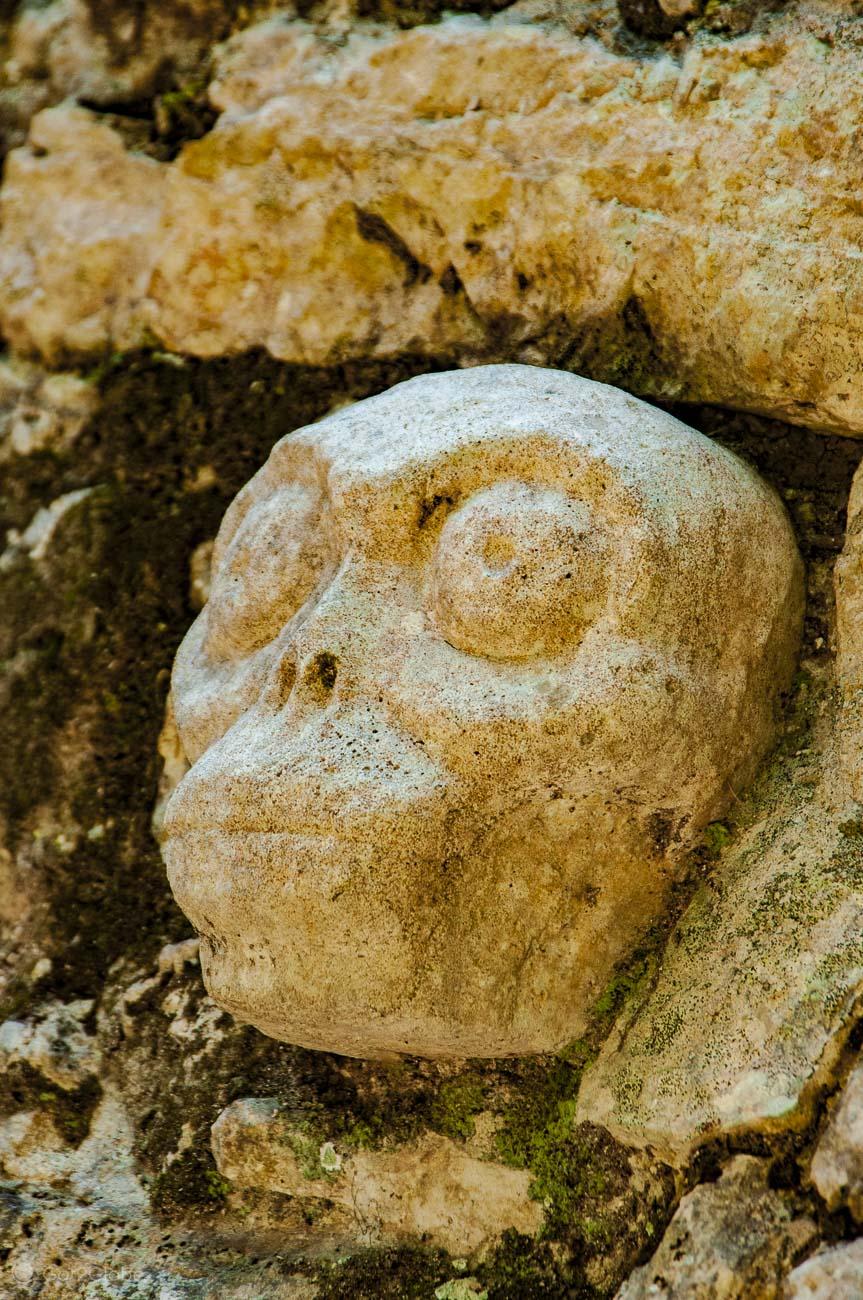
Skull embedded in a surface of the Cobá complex.
As a rule, guides in the region spare themselves from these intense physical efforts that, if they didn't dodge, they might have to do on a daily basis. Miguel was no exception.
He just waited for our descent into the shade.
Temple of the Churches and the Remaining Cobá Archaeological Complex
After the last step, we continue with the tour through the Cobá complex, through its Temple of Las Iglésias, the most prominent pyramid, through the unavoidable Mayan ball game, a structure and sport shared by several ancient Mayan cities and that exist today reliable representations.
The heat and humidity were beginning to weaken us. At the first complaint, Miguel and his colleague Emma – who had joined him in the meantime – guided us to a food and beverage area in the complex. “I think we're all in need of a refreshment and maybe something else, Miguel suggested.”
We have carefully examined the offer of the Mayan sellers.
We ended up choosing coconut in pieces sprinkled with honey and, in the good Mexican way, a smell of chili. The mixture left us boiling more than we expected.
At the very least, the nutritious nut took care of restoring the calories and minerals we were lacking.
Thus, in the process of physical recovery, we traveled to Pac Chen, a nearby Mayan village that had recently joined ecotourism.
From Coba's Past to Pac Chen's Mayan Life Now
We entered the village directly into its dining room.
Coba's farewell treat had slightly disguised her once ravenous hunger.
Accordingly, we took the opportunity to investigate the space in which the village was located, the large balcony that gave rise to the living room, the lagoon and the surrounding jungle.
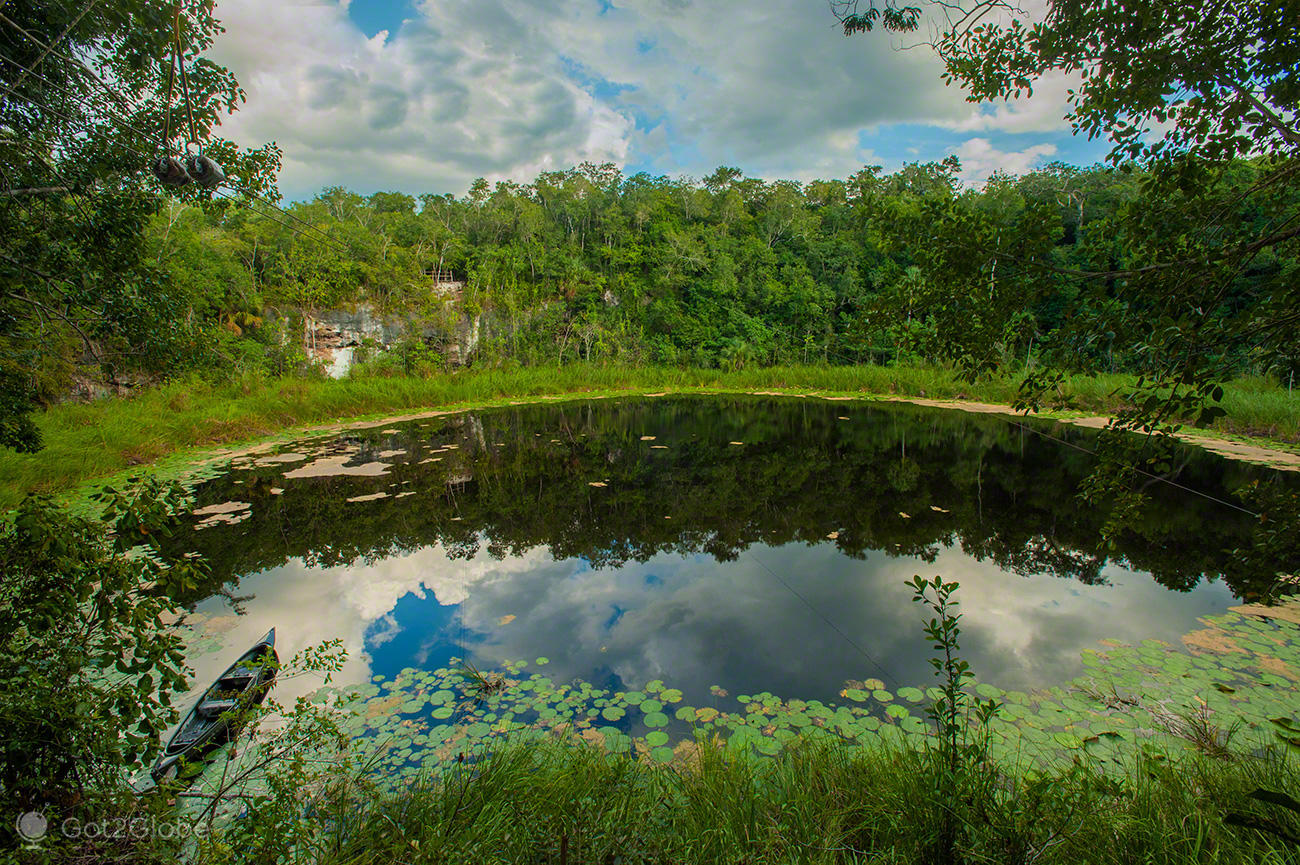
The dark, alligator-inhabited lagoon of Pac Ben, used by this Mayan eco-village for zip lines.
On the way back, we also came across the kitchen where three Mayan women chattered in their dialect as they prepared and fried empanadas in series in a large frying pan.
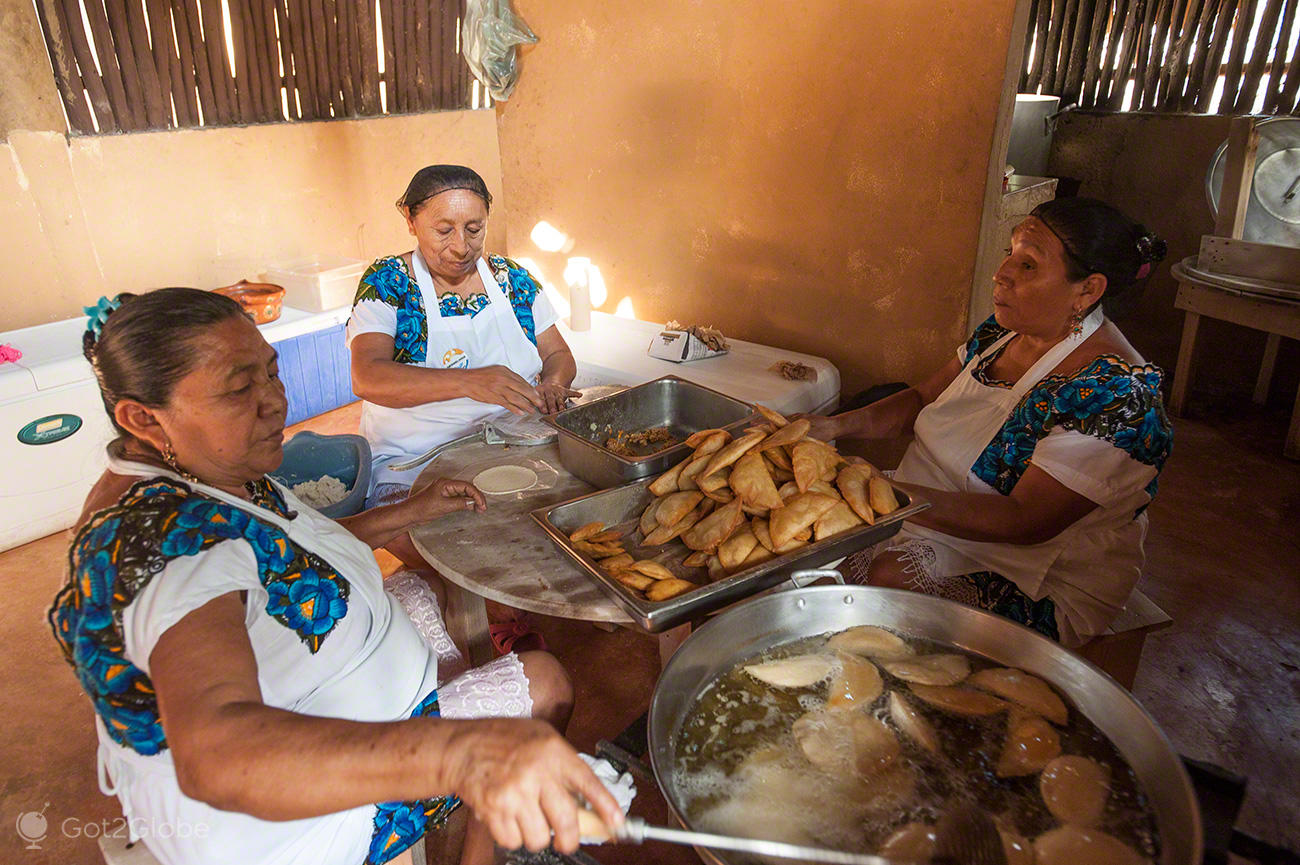
Trio of Mayan cooks frying empanadas for Pac Chen's restaurant.
We got into conversation in Castilian. A joke is a joke, because we pretend to be picky with the quality of the meal we were hoping for, we ended up recruited to help.
"How good are you with a skimmer, seños, have you seen how many more are there to fry?" shoots Regina Pot, the most willing.
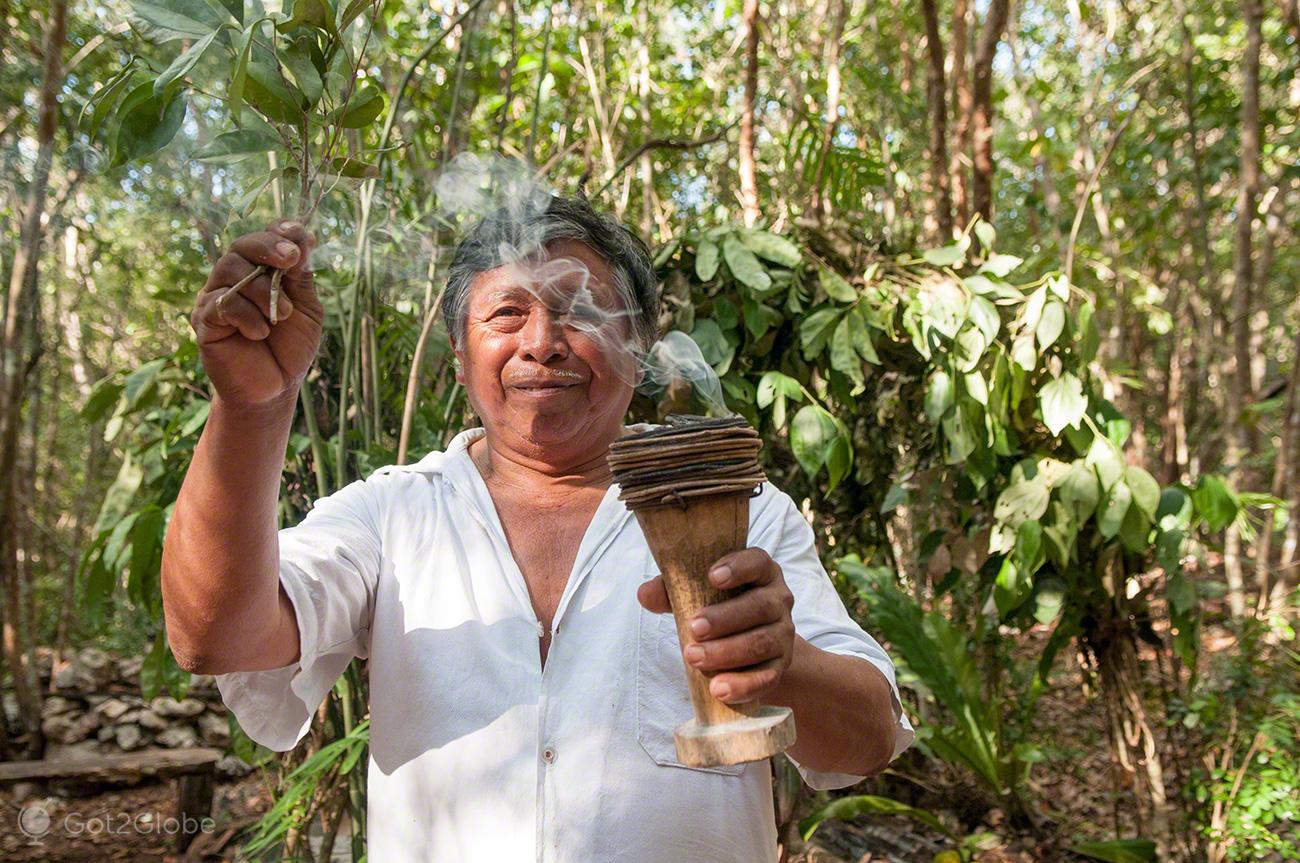
Xaman Adolfo blesses newer visitors to Pac Chen's village.
After the traditional lunch, Adolfo, the village shaman blessed us and a group of other outsiders about to enter the Mayan underworld which gave access to the local cenote (underground lagoon).
Without knowing it, he also blessed us for the zipline that we quickly regretted on another pitch-black pond other than the one we had stalked before, full of alligators.
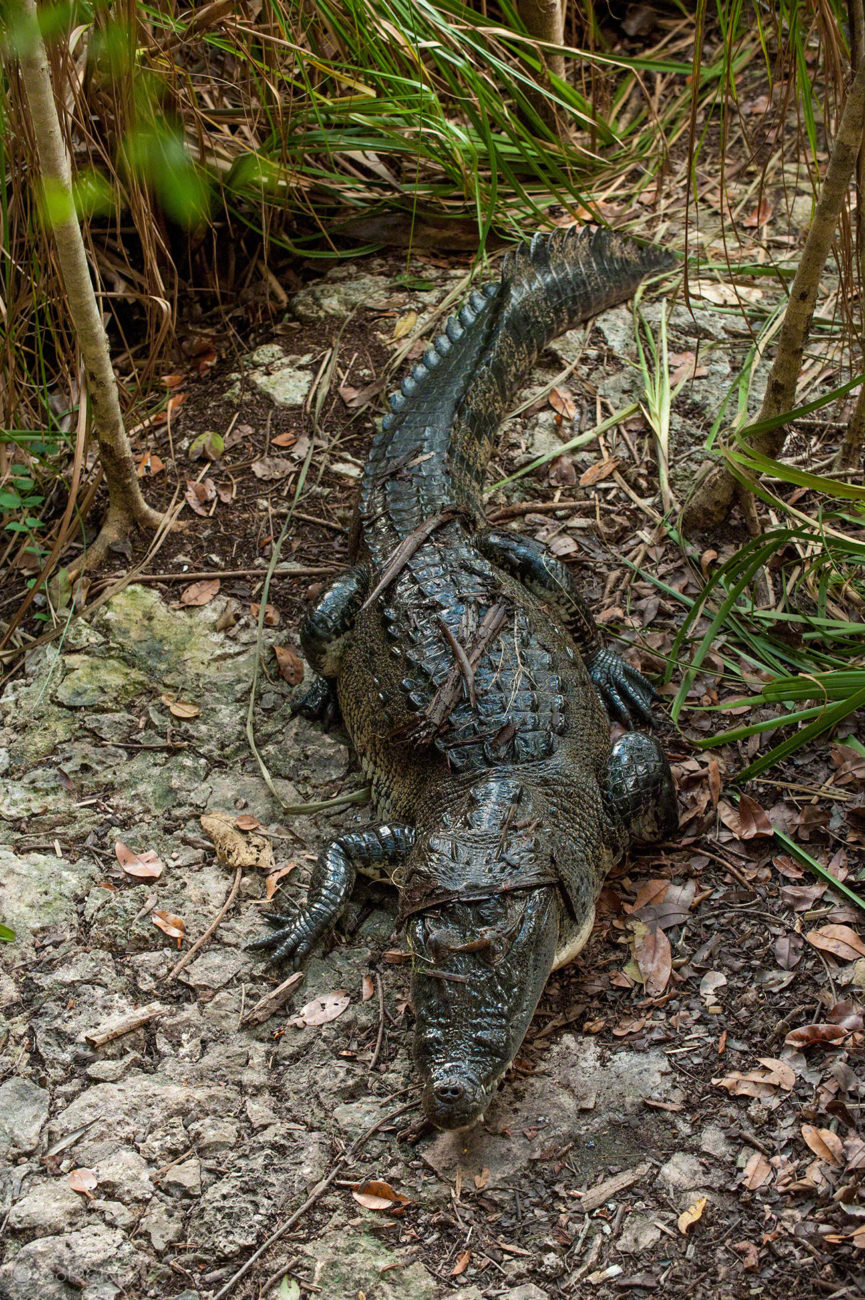
One of Pac Ben's pond alligators.
Sweet Homes Mayan Homes between Pac Chen and Cobá
On the return from Pac-Chen to Tulum, we even stopped at the home of a clan that, for some reason, the guides knew as Hidalgo camp and where all the members were called now Maria and now José, but they were called second names to avoid confusion.
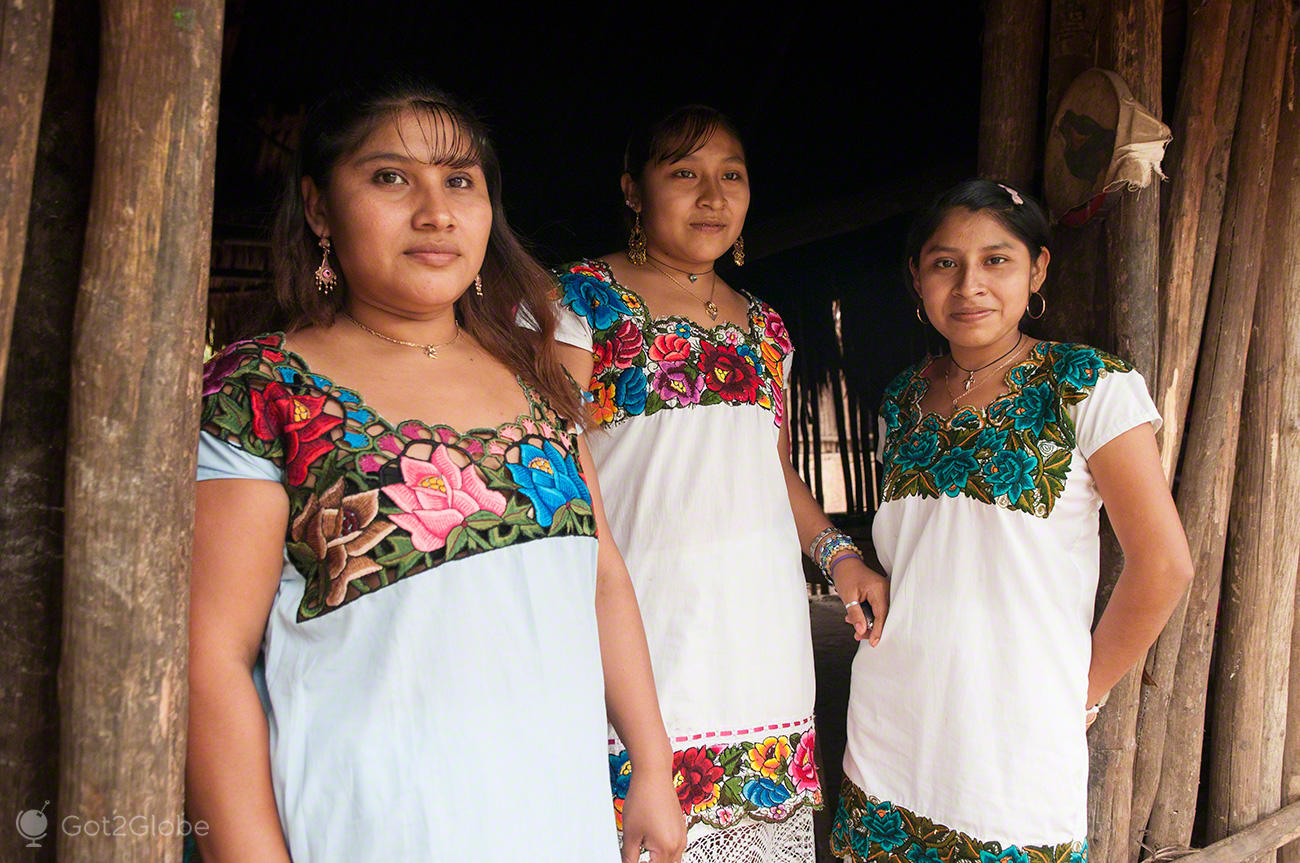
Three of the Marias from the clan that inhabits the Hidalgo camp.
There, while the younger children were keen to show off their musical tune with handcrafted instruments, we could see how little or nothing the living conditions of the most humble Mayans have evolved since the height of their empire to the present day.
Numerous, the family shared a small, somewhat dreary wooden house and some additional huts among themselves and with monkeys, chickens, pigs, wild boars and other specimens. They survived almost only from these animals and from the sale of handicrafts and clothing to tourists who stopped there or which the guides took there.
In 2005, Maria Isidra Hoil, a sister of Maria's matriarch of the clan, found an unexpected and much more profitable source of income.
So at the age of eight, she was selected by the casting of "Apocalypto" by Mel Gibson, the Hollywood feature film that followed “The Passion of the Christ” and portrayed the drama of the intensification of human sacrifices dictated by the Mayan emperors when faced with the decay of the empire.
A
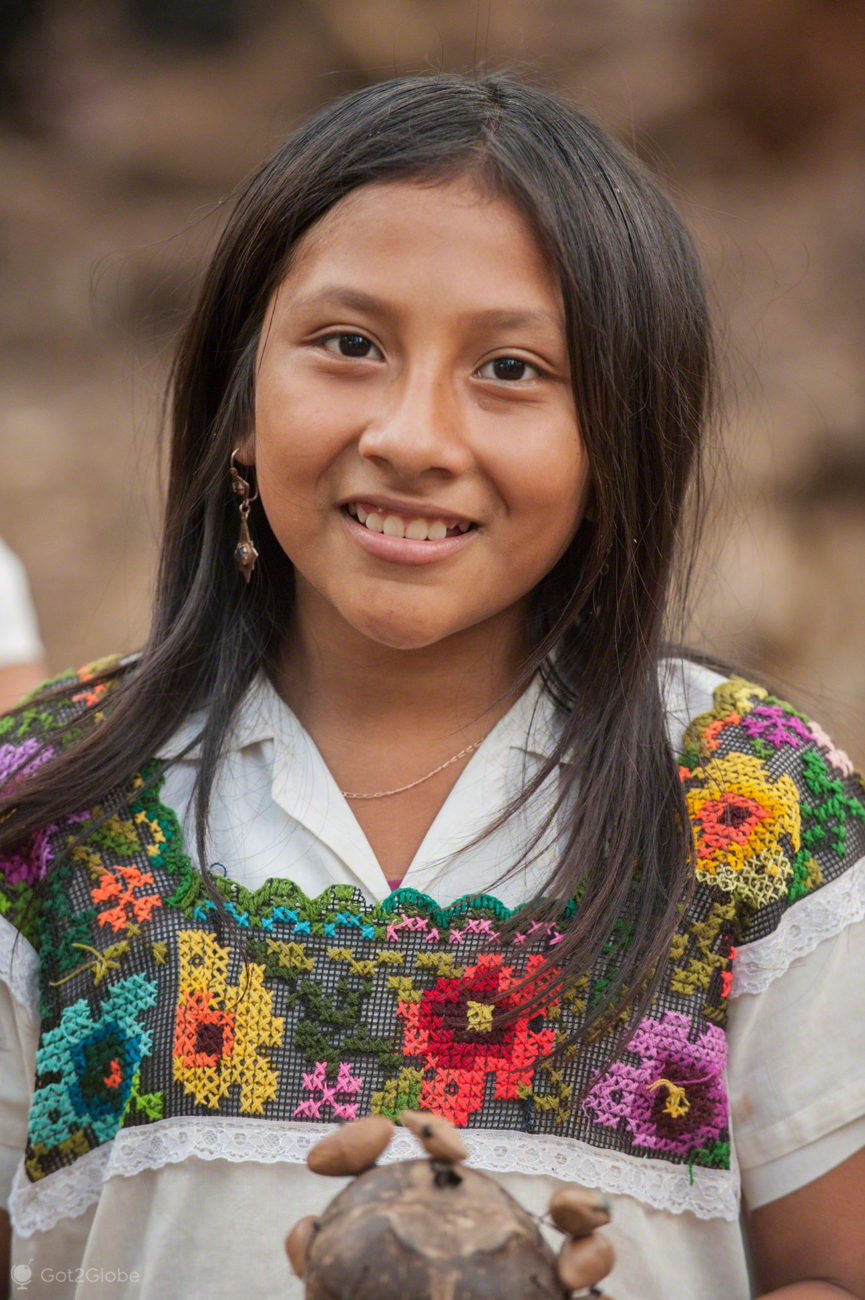
Mayan girl from the Hidalgo camp, a small clan near Cobá.
On that date, the girl only spoke Mayan and had never seen a movie.
She ended up having a performance as a girl from the Oracle that surprised and amazed Gibson, the rest of the team, spectators from all over the world as well as other directors, such as the controversial Spike Lee, who included “Apocalypto” on your list of essential movies.
As might be expected, Lee's opinion and those in agreement were not exactly consensual.
Several Mayan communities in both the Yucatan and Guatemalans protested against the Mexican authorities and the work for displaying a wrong image, too bloodthirsty, of their ancient culture.
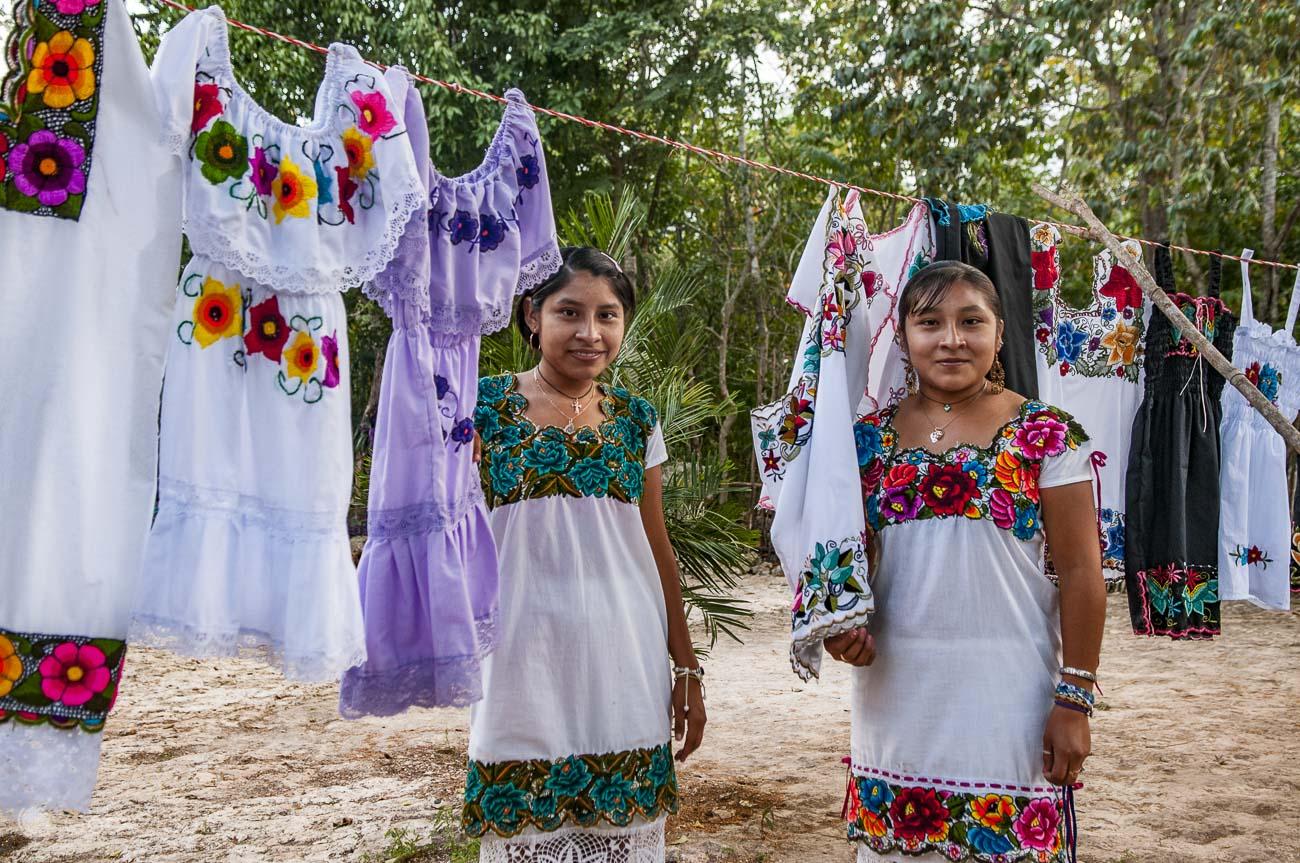
Young Mayan women from the Hidalgo village, between Pac Chen and Cobá.
